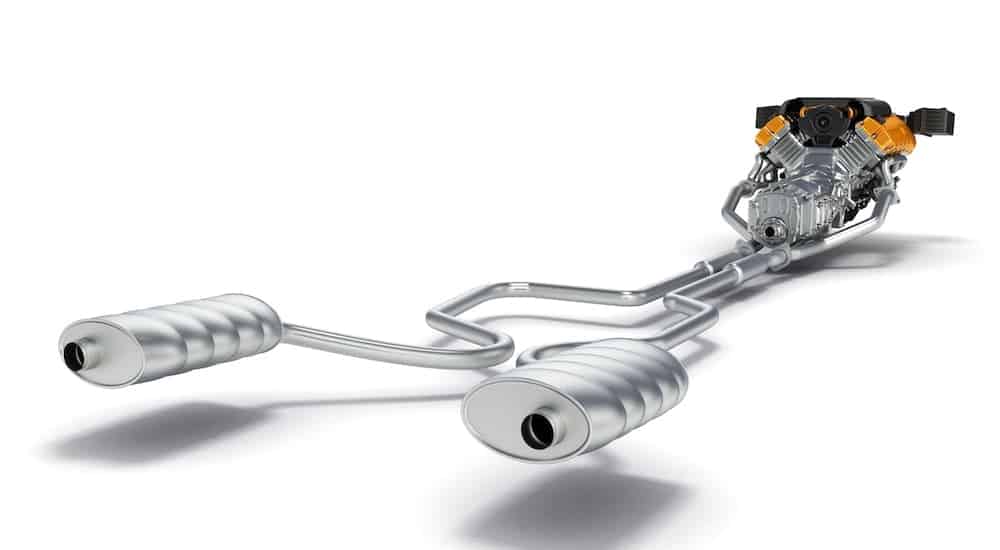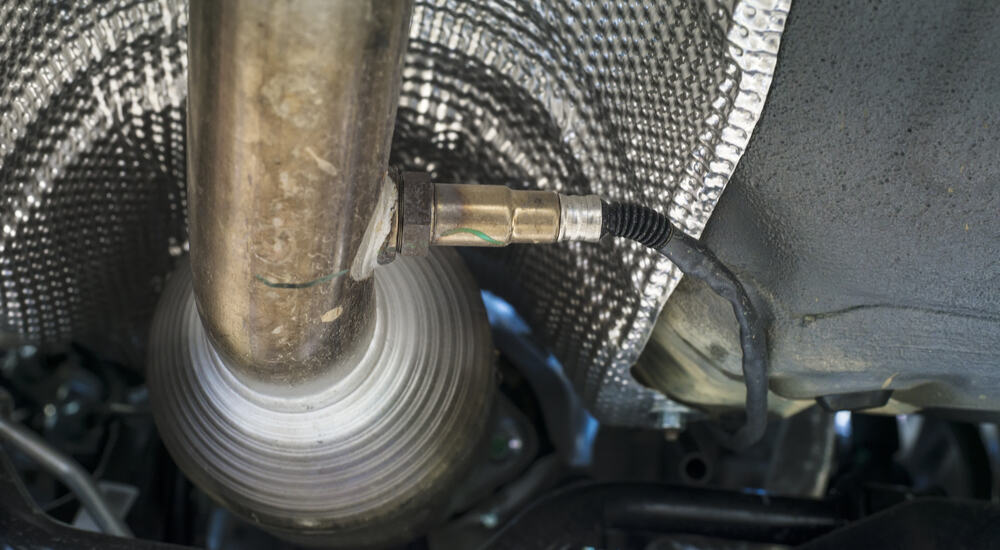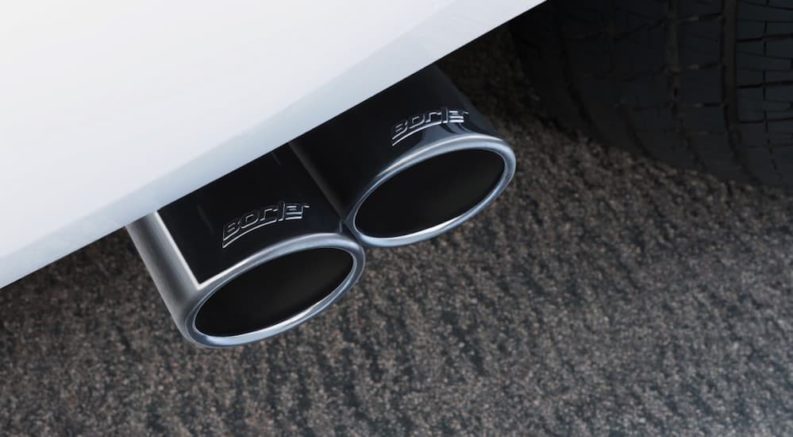Hello there! If you’re reading this, then you probably saw that title and thought, “Hey, I’d like to know more about my car’s exhaust system and how it works.” Good for you! If GI Joe taught us anything, it’s that knowledge is power (and that bad guys in jets always have ejector seats). The exhaust system in your car is something you probably take for granted and might not think about very much, but it is incredibly important.
In this guide, we’re going to cover pretty much everything you need to know about the basics of car exhaust systems. We’re not going to dive into building your own or anything like that, but instead focus on the “what, why, and how” of the whole thing. So, let’s look at the basics and make sure we all know what’s going on down there!
Engine Explosions and Dangerous Gases!
How’s that for a catchy heading, eh? Some of that solid fear-mongering we hear so much about these days. Anyways, I didn’t just go with that because of a weird desire to associate dread and your car’s exhaust system in your mind. Oh no…
I wanted to explain, in a few words, how your engine works – well, the simple version at least. If you want to know more about engine functionality, you’ll have to look elsewhere. In essence, however, a traditional internal-combustion engine in a car works because explosions are happening inside it – thousands of them. These little explosions move the pistons in your engine and produce power that lets you cruise down the highway or get to work in the morning.
Basic Function of an Exhaust System
These little explosions aren’t just all lights and force, however. They create the energy your car uses, but they also create two other things: gases and sound. The exhaust system in your car handles these two byproducts, by moving the gases away from you and your passengers, and reducing noise. That’s what it’s really all about.
Essentially, your car’s exhaust system is a series of tubes and chambers designed to move gas away from the engine and reduce the noise that it makes. There are six gases produced by the basic function of your car’s engine: nitrogen gas, carbon dioxide, water vapor, carbon monoxide, nitrogen oxides, and hydrocarbons. Those first three aren’t really much of a problem; they’re pretty benign to you as a person. Those last three, however, are very toxic and if they reached you in the cabin of the vehicle, then you’d have a very bad day.
The different parts of your car’s exhaust system work together to keep this from happening, so let’s look at each of them and see what they do.

Components
The Exhaust Manifold
Here’s where your exhaust system starts – you’ve probably heard this term before because it’s very important. The exhaust manifold is usually made from cast iron, to prevent cracking, and is what directly connects your engine to the rest of the exhaust system. Individual tubes go to each of your car’s engine’s cylinders so that the gases produced in them go through those tubes and into the manifold, which funnels them all together into one tube through the rest of your system. Read more about your car’s manifold from Cars.com.
Headers
Not every vehicle has headers as part of its exhaust system, so you’re more likely to see this on a high-performance vehicle, or as an aftermarket addition. Headers work more-or-less the same as an exhaust manifold, but the tubes connected to the cylinders are larger and require less pressure from the engine to function. This can help boost engine performance but is not really essential.
The Oxygen Sensor
An oxygen sensor can actually be located inside the exhaust manifold, and it basically checks the gases that come out of the engine to see how much oxygen is present. Ideally, an engine will consume all the oxygen when producing power – wasted oxygen hurts performance and wastes fuel. The oxygen sensor can detect oxygen in the exhaust and communicate that information to your car’s computer, which can then adjust your engine’s performance.

The Catalytic Converter
This is, arguably, the most important part of your car’s exhaust system. The exhaust gases travel from the manifold to this area where the three most dangerous gases (those were carbon monoxide, nitrogen oxides, and hydrocarbons) are reduced through chemical reactions. The nitrogen oxides are broken down into nitrogen and oxygen, and that oxygen is then used to oxidize the hydrocarbons and carbon monoxide to reduce overall harmful emissions. AutoTop also gives important information for DIY mechanics.
The Muffler
Here’s the part of the exhaust system that is responsible for keeping your vehicle running as quietly as possible. All those explosions in your engine are loud. REALLY LOUD! The muffler is essentially a series of tubes or chambers that those sound waves travel through. In some mufflers, sound-absorbing materials are used to absorb some of those sound waves, making the engine noise quieter.
Mufflers are designed to basically bounce those sound waves toward each other in a way that causes them to cancel out. You might think that combining sound waves would only amplify them and make them louder, but if done just right they will instead make it so you don’t hear either of them. It’s pretty easy to tell when something is wrong with the muffler on a vehicle, usually a crack or break in the exterior, because the vehicle will be much, much louder.

The Resonator
A lot of people think resonators and mufflers are the same thing, but they are typically two different parts of the exhaust system on your vehicle. You might not even have a resonator, so don’t be too alarmed if it’s missing from your system. A resonator affects the sound that your vehicle makes, by canceling out some of the sounds made by your vehicle that most people would consider annoying or unpleasant. The resonator can then actually amplify or retain the sounds that people often like – particular the deep rumble of something like a V8 engine.
The Tail Pipe(s)
Finally, we come to the end of your car’s exhaust system: the tailpipe. This is the part you see sticking out of the back of your vehicle, where the remaining exhaust gases and sound are emitted. This is also referred to as the exhaust tip or tips as part of the system.
You might see some cars with dual exhaust, which features two tailpipes at the rear of the vehicle. In a lot of cases, this will just be two pipes running from the muffler, which means it really doesn’t make much difference. High-performance options will instead have two (or more) complete exhaust systems running from the engine itself, which can actually have some benefits.
So that’s the basics of your exhaust system; hope you enjoyed it or at least learned something. Tune in next time for information about aftermarket systems and how you can boost performance over what the factory chose to install.

